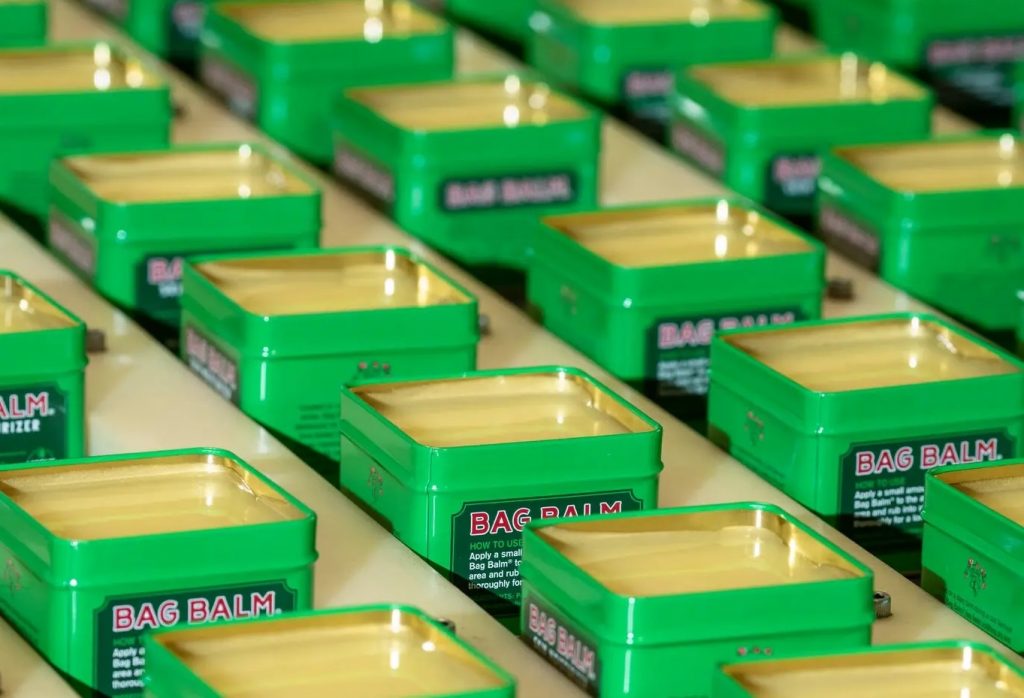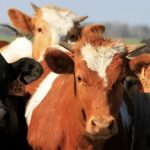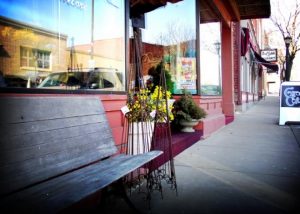
It is the rare item that can be found on the shelves of Tractor Supply and in the pages of Vogue. And now Bag Balm, a moisturizer originally made to heal chapped cows’ udders, is a trending beauty product among the Gen Z “skinfluencers” of TikTok.
The social media personality Alix Earle swears by it as a cure for dry skin and dry lips. Others recommended Bag Balm as an alternative to Vaseline for the trend of “slugging,” or covering the entire face before going to bed to seal in moisture.
“I have turned so many friends on to it,” said Madison Bailey, 28, a social media strategist for the beauty industry who has posted about the wonders of Bag Balm.
Having learned about Bag Balm from her mother, Ms. Bailey keeps an 8-ounce tin in her bathroom and a 1-ounce mini tin in her purse. “You don’t need a lot when you slug it on your face,” she said, adding that the cost (around $11 for the 8-ounce size) makes it economical.
In time, farm families found other applications for the salve, using it to treat everything from cuts and burns to chapped lips, saddle sores and the needle pricks on quilters’ fingers. Little by little, its ability to soften skin made it into a rural beauty secret, one that was eventually adopted by people who had never seen the inside of a barn.
The actress Raquel Welch credited a regimen of Bag Balm before bedtime for her ageless skin. In 1999, the Canadian country music star Shania Twain, then at the height of her fame and a Revlon spokeswoman, mentioned Bag Balm in an interview with The London Telegraph, saying, “When I’ve been flying a lot and my skin is really dry, I’ll rub it over my face and on my hair and leave it there all day.” Sales spiked.
Now the Vermont-based company behind Bag Balm is figuring out how to market itself to the digital world while staying true to its folksy heritage.
Bedsprings and Dogs’ Paws
Bag Balm is made, as it has been for more than a century, in Lyndonville, Vt., population 1,136. In this part of the country, known as the Northeast Kingdom, winters are long, cold and snow-swept, and a cow’s skin takes abuse.






Vintage advertisements for Bag Balm, which celebrates its 125th anniversary this year.
By the 1960s — when Mr. Norris’s son, John L. Norris Jr., was running the company — ads for Bag Balm promoted its “use also in the home for cuts, chaps and burns.”
A Wall Street Journal article from Oct. 23, 1969, reported that people were finding all kinds of uses for the salve: a Marine in Vietnam used Bag Balm to lubricate a 105-millimeter howitzer; a dentist in Texas claimed it healed his psoriasis; a woman in Maine woman said it silenced squeaky bedsprings.
Today, Bag Balm is used for bicycle chafe, sunburn, diaper rash, pimples, bed sores and nail and cuticle care, among other things. Dog owners put it on their pup’s paws. In a recent fan letter to the company, a woman wrote that her 84-year-old father has long used Bag Balm for car repairs. He calls it “the juice.”
“Our whole brand ethos is simplicity and versatility,” said Libby Parent, the 36-year-old president of Vermont’s Original Bag Balm, as the company is now called.

As Ms. Parent explained while sitting inside a Mexican cafe in downtown Lyndonville that until a few years ago was the Bag Balm factory, the Norris family sold the business to private-equity investors in 2014. Under new management, the wording on the tin was changed to remove references to “sore teats” and to play up Bag Balm’s benefits to humans.
The company also introduced a lip moisturizer, soap and exfoliating body wash, and began offering its ointment in a travel-friendly plastic tube in addition to the classic green tin. In 2015, Walmart stores began selling Bag Balm.
“Bag Balm is not the most intuitive brand name,” Ms. Parent said. “We needed to define the product for people.”
Bag Balm’s agricultural associations still turn some off, however.
“Some people said, ‘I use that on my dogs, I’m not going put that on my face,’” said Faith Allison, 23, describing the mixed reviews she received after posting a video to TikTok in which she showed herself slugging with Bag Balm.
Image

Other commenters have complained of the smell, which has been likened to turpentine. Ms. Allison, a law student in Michigan, made a response video in which she and her sister weighed in. “We thought it smelled like a doctor’s office,” she said.
Nevertheless, much about the ointment remains unchanged, including how it is made. Just up the street from the old factory site is the current plant — a squat, gray-vinyl-sided building, with a large replica of a green tin stuck to the facade.
Making the Paste
Though the healing powers of Bag Balm seem mysterious, the process of making it is quite simple.
Mark Perkins, the production manager, is one of seven employees who produce roughly 9,000 8-ounce tins a day. Mr. Perkins, 47, went to work for Bag Balm in 1997, he said, because his family’s small dairy farm couldn’t sustain his father and himself. Now his son, Logan, 19, recently joined him in the factory.
Image

Mr. Perkins stood before a 55-gallon drum of lanolin, a wax secreted by the sebaceous gland of sheep. Lanolin is the soothing element that sets Bag Balm apart from plain petroleum jelly and helps give the product its distinctive smell. Inside the barrel, the substance had the consistency and color of caramel. Workers shovel it out.
Lanolin and four other ingredients — petrolatum, paraffin, water and hydroxyquinoline sulfate, an antiseptic — are heated into a liquid and mixed together in steel vats. Two filler nozzles squirt the hot liquid into tins that move down a conveyor belt. As the tins snake back and forth along the production line, the liquid cools and hardens into a thick, yellow, oleaginous paste.
Image

Image

Despite its growing popularity as a human facial cream, about 10 percent of sales still comes from farmers like Mindy McGrew and her husband, Kyle, who run a holistic dairy farm near Lincoln, Neb.
A first-generation farmer, Mrs. McGrew, 45, said she learned about Bag Balm from her mother-in-law, who grew up on a farm. She likes that it doesn’t contain artificial dyes or fragrances.
“It really is a household staple for many families,” said Mrs. McGrew, who puts Bag Balm on her cows’ udders in winter to protect from frostbite and on the tail area in summer to soothe fly bites. “Grandma had it at her house, then Mom had it at her house.”
That history of being passed down through the generations has made the brand cautious about changing its business strategy, said Ms. Parent, the company president. Bag Balm is unlikely to grow to the scale of, say, Burt’s Bees, which sells over 500 products. It was only two years ago, after the slugging videos began going viral, that the brand thought to create a TikTok account.
“Our longtime users were introduced to us on the farm,” Ms. Parent said. “So to be in Vogue, they can think, ‘This isn’t my Bag Balm.’”
She added, “We have something unique — why disrupt it?”
You can now read the most important #news on #eDairyNews #Whatsapp channels!!!
🇺🇸 eDairy News INGLÊS: https://whatsapp.com/channel/0029VaKsjzGDTkJyIN6hcP1K




















